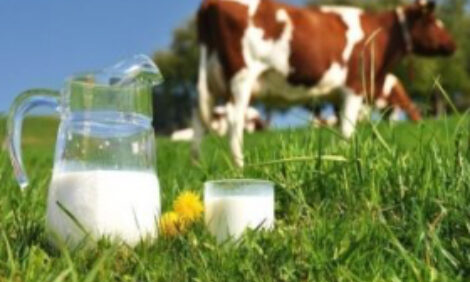



Supplementary feeding of cattle
By Ian Blackwood, Livestock Officer, Extensive Industries Development, Paterson (Tocal)and Ed Clayton, Former Livestock Officer - Early in a drought there is usually plenty of poor quality dry feed, which animals cannot use efficiently.Introduction
Supplementary feeding at this stage aims to make better use of this feed by supplying those nutrients that the pasture is deficient in, so that animals can be cheaply maintained while decisions are being made. Supplementary feeding is an option only when there is paddock feed available. When availability of paddock feed becomes limited, survival feeding or production feeding must be implemented. ‘Survival feeding’ means providing an animal with the minimum feed it needs to stay alive; ‘Production feeding’ means, for adult stock, sufficient food for successful breeding or, for younger animals, sufficient food to meet growth and/or market targets.
Supplementary feeding principles
To be effective, the supplement you choose must make up for the main nutrient deficiencies in the paddock feed. Dry feed is often deficient in protein and sulphur. In cases where the feed is green but very short, it is the low energy intake which limits production.The following principles for efficient use of supplements should be followed.
- Identify the most limiting components, usually protein, sulphur and/or metabolisable energy.
- Select supplements containing high levels of the identified limiting components.
- Balance the supplement to ensure efficient rumen function (contact your local NSW Department of Primary Industries Livestock Officer or Veterinary Officer for information on appropriate supplements for particular circumstances).
- Young and lactating animals have a greater need for protein.
- Choose feeding techniques which minimise disruption to the animals’ digestive system.
- Cost out the program, taking into account alternative measures.
- Start feeding those animals with the greatest needs, for example pregnant cows of low fat score, or weaners below critical liveweights.
- Monitor feed consumption, liveweight and condition, so that you can confirm that your strategy is working.
Outcomes of feeding supplements to stock
When supplements are fed to stock, there are three possible outcomes, depending on whether energy supplements or protein supplements are used and on how the pasture and supplement interact during digestion:- Supplementation. The supplement is eaten and pasture intake is unchanged. This is a rare event.
- Substitution. The supplement eaten causes reduced pasture intake. This usually occurs when pasture is supplemented with a high-energy feed.
- Complementation. The supplement is eaten and pasture intake increases. This occurs when stock are grazing on dry pasture or crop stubble and the supplement improves the animal’s ability to utilise the feed.
Supplementary feeding
Table 1 provides supplementary feeding recommendations for various stock classes of beef cattle. Frequency feedingNon-protein nitrogen sources – such as urea and sulfate of ammonia – dissolve quickly in the rumen, and any surplus nitrogen is wastefully excreted. To be effective, the non-protein supplements must be fed little and often.
Protein meals, such as cottonseed meal or linseed meal, release their protein differently, allowing cattle to use the protein efficiently over a longer period. Twice-weekly feeding is as effective as daily feeding. High-protein grains (e.g. lupins or peas) are more degradable, with a higher protein release rate, and should be fed every second or third day.
Protein meals and seeds
Protein meals and high-protein seeds are excellent supplements when pasture digestibility is falling. Protein meals are oilseed crop by-products. The most common high-protein seeds are white (‘fuzzy’) cottonseed and lupins. Both protein meals and seeds can be fed twice weekly in daily amount multiples (see Table 1). They are safe feeds and do not cause acidosis (grain poisoning).Block licks
Although commercial urea and protein blocks are convenient and can be used with moderate success as supplements to abundant dry feed (over 2500 kg dry matter/ha), they cost three to four times as much as high quality protein feed. Better results can be achieved at a fraction of the cost by using legume grains or protein meals.Block licks are best used in the early drought phase.
If you wish to try the convenience of blocks, you can make your own much more cheaply by following the recipes given in Table 2b.
Rollerdrums
Roller drums supply nitrogen from the urea in a molasses, urea and water mix. They are useful only when dry standing feed exists, and they are an alternative choice to protein block licks. Their ‘window of usefulness’ is when you want to maintain liveweight in a dry spell, and dry feed is plentiful. They work best with ‘dry’ cattle. Table 2a provides the recipes that must be followed.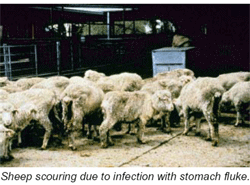
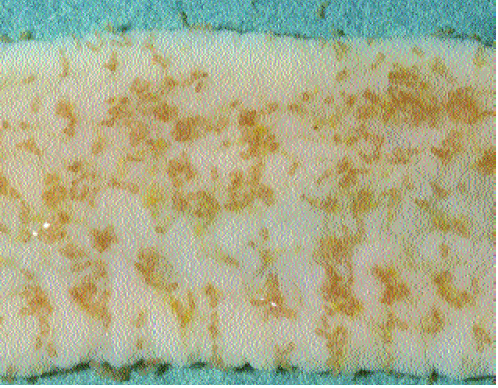
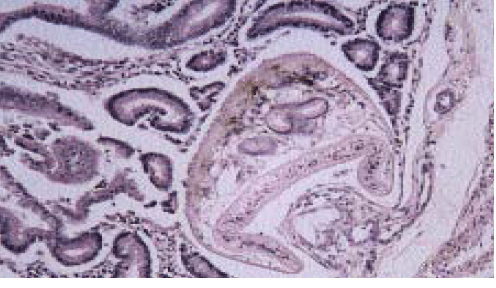
Grain and hay
In the early drought phase (dry standing feed), grains and hays tend to act as a substitute for paddock feed rather than a supplement. Supplements encourage the use of standing dry feed.Cereal grains (such as oats or wheat) are not efficient supplements when paddock feed is dry. They produce lactic acid in the rumen, which slows down the digestion and consumption of fibrous paddock feed. You can reduce this effect by feeding small amounts every 3 days and by adding protein meals, grain legumes or white cottonseed. This will fill the gap between the protein level in the grain and the animal’s need for 15% protein. In practice the high-protein alternatives, such as lupins, peas, or cottonseed meal, will give better results while paddock feed lasts.
Grains are more useful when feed is short and green. This is particularly so for dry cattle, which need less roughage. Hay is best for lactating cows on short green feed, particularly in the colder months. The main role of grains is in full feeding when available pasture is low, and cattle should be removed from paddocks to reduce the likelihood of erosion.
White cottonseed
WarningWhite cottonseed (WCS) and de-linted cotton-seed (black cottonseed) may contain residue of chemicals applied to the cotton crop during the growing season. The Australian Pesticides & Veterinary Medicines Authority (APVMA) calculates maximum residue levels on the basis of a 30% maximum dry matter (DM) intake of cottonseed (WCS and black cottonseed) in the diet. This means that using WCS at levels above 30% of the total dry matter intake could result in excessive residues in cattle. This is particularly true for cattle destined for export markets, where the 30% limit set to comply with domestic MRLs may not apply. If you have fed WCS from crops treated with chemicals within 60 days of harvest (all cottonseed would be in this category) to cattle within 60 days of sending them for sale/slaughter, then you must disclose this at Question 7 of the National Vendor Declaration (Cattle). NSW Department of Primary Industries does not recommend the use of cottonseed at more than 30% of the total dry matter intake, even in severe droughts.
NSW Department of Primary Industries and the cattle and cotton industries recommend that cotton trash not be fed to livestock due to residue concerns.
White cottonseed is an excellent supplementary feed for all cattle except calves under 4 months of age.
White cottonseed mixes well with grain and protein meals. It is high in energy and protein, but because its high oil content may cause digestive upsets, it should make up no more than a third of maximum potential feed intake (i.e. two-thirds of intake should be from pasture).
- White cottonseed fed as a supplement to pasture is an excellent complete supplement.
- It can be fed whole, in dumps in the paddock, twice a week.
- Intake should be kept to a safe 2.5 kg/day for adult cattle.
- Do not feed where no roughage is available.
Molasses
Cattle can be fed molasses-based diets fortified with protein meal and urea, provided there is roughage in the paddocks.Molasses-based diets are versatile and can be used in the early drought stage as a production feed as well as being used in full feeding. Table 3 shows recommended molasses rations, which assume adequate roughage is available.
These fortified molasses mixes are distinct from roller drum mixes. Fortified molasses mixes give cattle performance that is superior (particularly in lactating cows) to that given by roller drum mixes.
Sources of phosphorus
Traditional sources of phosphorus – MAP fertilisers (e.g. Starter 12®) and DAP fertilisers – are not recommended for use as stockfeed sources of phosphorus. These products now contain fluorine at levels that can cause fluorosis if fed for an extended period.The new sources of phosphorus are monocalcium and dicalcium phosphates that are low in fluorine and cadmium (see Table 4).
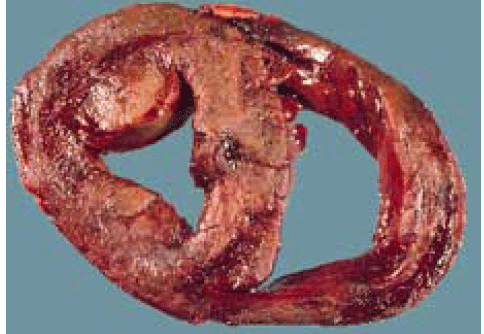
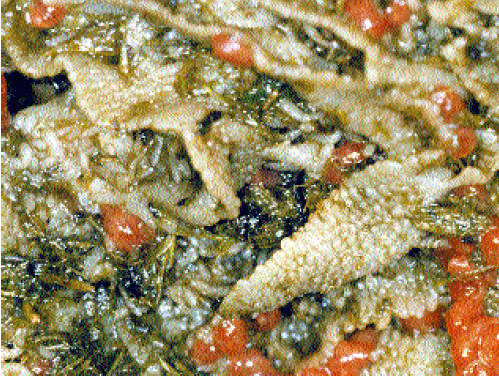
February 2007 © State of New South Wales, Australia.

